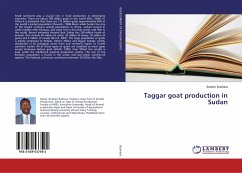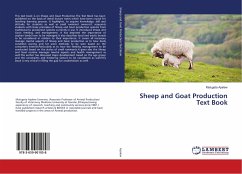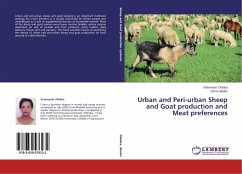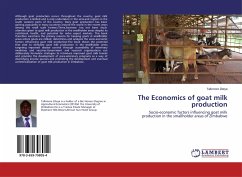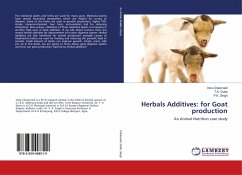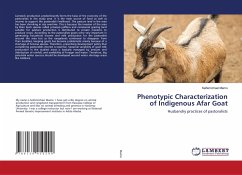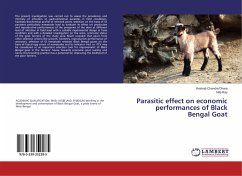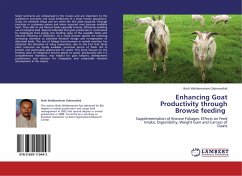Small ruminants play a crucial role in food production in developing countries. There are about 768 million goats in the world (FAO, 2004). In Africa it is estimated that there are 172 million goats approximately 29% of the world's animal population (Peacock, 1996).Mean while Sudan has one of the largest ruminant animal populations in Africa, ranked second in cattle number after Ethiopia, and come first in the Arab world, and fifth in the world. Recent estimates showed that Sudan has 138 million heads of animals: that include 40 million of cattle, 50 million of sheep, 42 million of goats and 4 million of camels (M.A.R, 2007). The large population of goats is mainly composed of Nubian, Desert, Nilotic and Taggar breeds, widely distributed in all ecological zones from arid northern region to humid southern Sudan. All of these types of goats are classified as meat types except Sudanese Nubian goat (AOAD, 1990). Over 90%of this wealth is kept under the traditional pastoral productionsystem. The rest of the livestock population is found in the urban and peri-urban commercial systems. The livestock sub-sector contributes between 20-25%to the GNp.
Bitte wählen Sie Ihr Anliegen aus.
Rechnungen
Retourenschein anfordern
Bestellstatus
Storno

